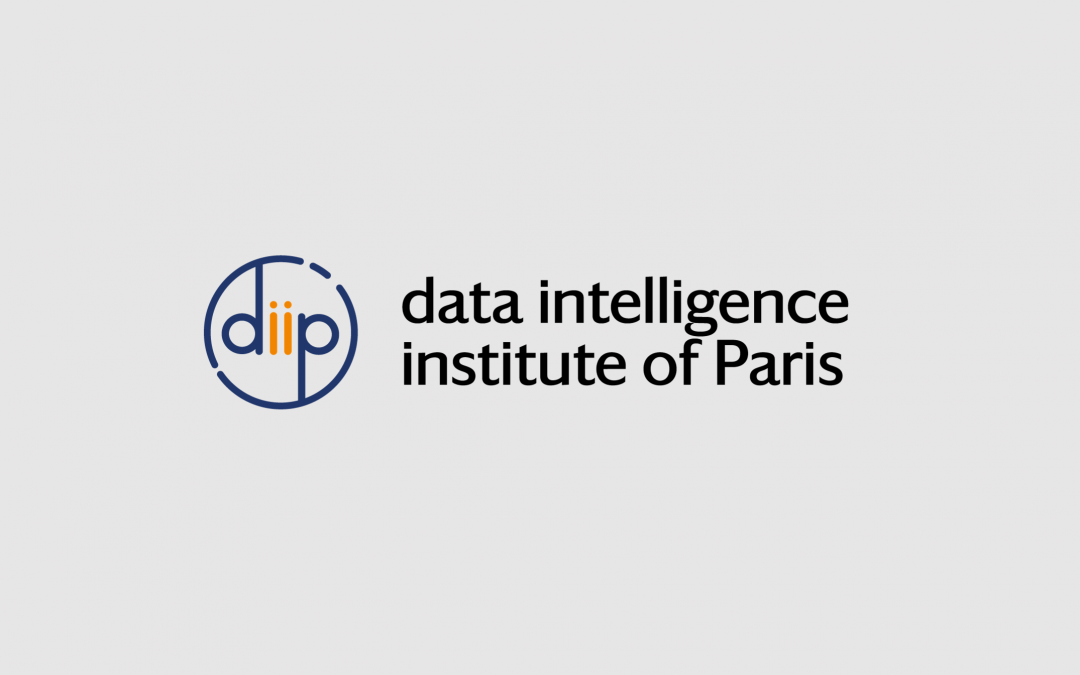2021
PhD/ DIAI Projects
@Informatique, télécommunications et électronique de Paris (EDITE)
PhD student
Zhuxian GUO
(LIPADE, UPC)
Supervisors
Nicolas LOMÉNIE (LIPADE, UPC)
Camille KURTZ (LIPADE, UPC)
Henning MÜLLER (unité Health Sierre, Suisse)
Project Summary
The rapidly emerging field of computational pathology needs new paradigms and tools coming from computer sciences in the broadest sense of the science. Our team is developing many projects in the field including setting up international challenges (like TissueNet : detect lesions in cervical biopsies hosted by French Society of Pathology and Health Data Hub in collaboration with Driven Data). The ultimate goal is to be able to provide objective diagnosis, therapeutic response prediction and identification of new morphological features of clinical relevance within the next decade. The team has a pending patent in the field and is part of a phase 2 clinical trial for immuno-therapy as a digital companion test (starting April 2021). We are involved in the community of the French Society of Pathology and will start a PRT-K project for translational clinical research in oncology.
In our team, we believe that the next step will rely on the integration of the computer vision/machine learning pipelines into the clinical setting. We already start to get a good deal of annotated WSI (gigapixel whole slide images ‘WSI’ for each patient/exam) by experts and collaborations with hospitals. We need to go the next step right now :
as a data science playground, we need to explore deep learning architectures to perform seamless exploration of all the data annotated across various tissues and markers to propose a scaling pipeline of processing and sharing of data among researchers and clinicians;
the integration with genomic data will also be of utmost importance in the coming decade either to validate theory in life sciences based on the observation of tumoral micro-environment or to predict genomic class based on phenotypic observation at the tissue level (publication submitted in our team in Journal of Hepathology);
how to integrate these paradigms (for physicians) into the concept of the XX1st century microscope made possible with the advent of these new high-throughput high resolution scanners possibly with multiple markers.
LIPADE | LIPADE (parisdescartes.fr)
Other projects

Deeply Learning from Neutrino Interactions with the KM3NeT neutrino telescope
2022 PhD/ DIAI Projects @AstronomyParticle physics and graph neural networks Santiago PENA MARTINEZ Project Summary A new generation of neutrino experiments is in the horizon looking to explore many of the open questions on neutrino properties and searching for...

Metamorphoses and optimal transport for the multimodal registration of brain tumor images
2021 PhD/ DIAI Projects @ED386PhD studentGuillaume Serieys (MAP5, Université Paris Cité, CNRS) SupervisorJoan Alexis Glaunès Project Summary Medical imaging often involves nonlinear space-valued images, where pixel or voxel values belong to more complex...

Learning the magneto-ionic side of the turbulence in the interstellar medium in radio-astronomy
2022 PhD/DIAI Projects @AstrophysiqueJack Berat(LPENS, UPC)Project Summary The phase transition from warm neutral medium to cold neutral medium in the interstellar medium (ISM) is affected by the magnetic field. The polarization of the synchrotron emission is one of...

Leveraging multivariate geophysical and geochemical time series for monitoring volcanic systems: can we use machine learning?
2022 PhD/ DIAI Projects @Matthieu NougaretPhD student at Institut de Physique du Globe de Paris. Doctoral school 560.diiP, IdEx Université Paris Cité, ANR-18-IDEX-0001. Charles Le LosqUniversité de Paris, Institut de physique du globe de Paris, CNRSLise...
